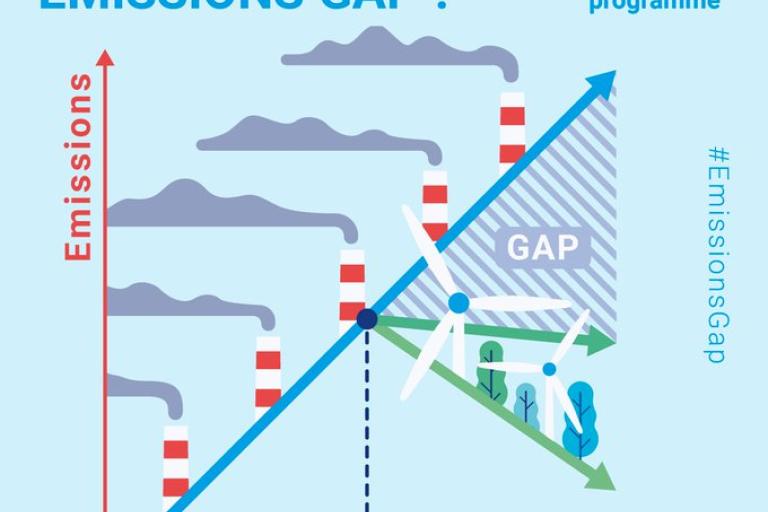Can Artificial Intelligence Language Models Bridge the Earth System Knowledge Gap?
Artificial intelligence (AI) language models present a promising solution to make Earth system science user-friendly for experts and non-experts, a critical step towards effective climate action.

WMO Secretary-General Professor Celeste Saulo has highlighted the urgent need to strengthen communication efforts and to ensure universal access to information for preparedness when facing extreme weather, climate and water events, especially for the most vulnerable. This will require making Earth system science user-friendly for experts and non-experts, a critical step towards effective climate action and ensuring that meteorological, climatological and hydrological services receive the political backing they deserve. Artificial intelligence (AI) language models present a promising solution to these challenges.
The WMO houses a comprehensive library of reports of immense scientific value. However, the information an individual, businessperson or policymaker may need to comprehend the magnitude of the climate crisis might be scattered across various digital platforms or be in language that is too challenging to comprehend and act upon. A specialized pilot AI akin to ChatGPT called Chatclimate was developed some time ago by researchers of the University of Zurich, sourcing notably WMO reports. A new pilot called AskWMO is currently being tested internally in WMO to respond to queries on official WMO documents. If scaled up to more documents, this platform could provide instant access to Earth system science information, moving away from the cumbersome process of navigating extensive PDF documents. If implemented for communication, the pilot would aim ultimately at enhancing the accessibility of climate information to a wider audience, and would present a significant academic and practical opportunity to facilitate decision-making across sectors and support global sustainability efforts.
In today’s digital era, distinguishing between accurate and misleading climate information is essential, given its profound impact on public perception and policy decisions. Natural language processing and automated fact-checking aim to verify claims using reliable factual sources. The Climinator, an acronym for {CLI}mate {M}ediator for {IN}formed {A}nalysis and {T}ransparent {O}bjective {R}easoning represents such an innovation. It synthesizes various scientific viewpoints to produce robust, evidence-based evaluations. The model shows remarkable accuracy in testing claims and demonstrates its capability to foster a consensus even when integrating perspectives from climate science skeptics. While the research has its limitations and demands cautious interpretation, it underscores the potential of AI in reconciling diverse viewpoints into factual conclusions.
AI language models and research pilots such as ChatClimate and the Climinator, offer innovative solutions for the dissemination of Earth system science and for combating misinformation. By making scientific information more accessible and validating claims against scientific consensus, these tools can potentially advance climate action efforts for National Meteorological and Hydrological Services (NMHSs) around the world. The commitment to integrating AI into Earth system science reflects a forward-thinking approach to leverage technology in addressing some of the most pressing global challenges.

